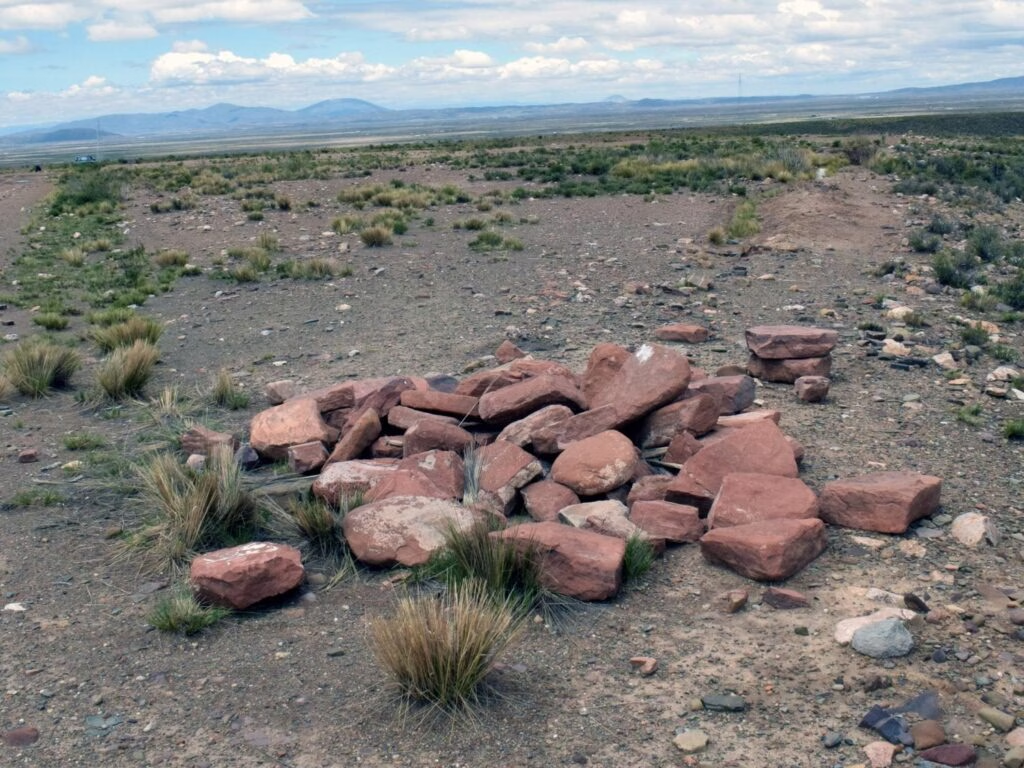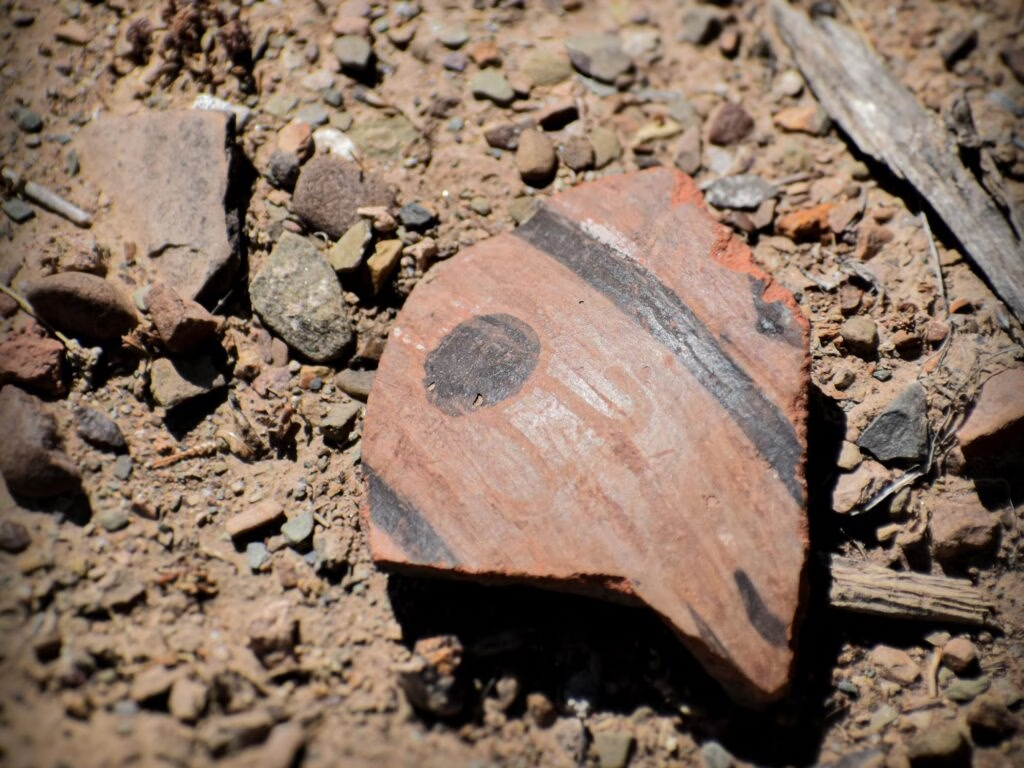An ancient temple recently uncovered in Bolivia’s Andes Mountains is offering remarkable new insights into one of South America’s most mysterious pre-Incan civilizations. The newly discovered site reveals crucial details about the Tiwanaku culture’s religious practices, trade routes, and regional influence.
The ceremonial complex—named Palaspata—was discovered by a joint team of archaeologists from Penn State University and Bolivian institutions. The findings were published on June 24 in the journal Antiquity and are already being hailed as a major breakthrough in Andean archaeology.
Tiwanaku Civilization: A Forgotten Power of the Andes
Flourishing between 500–1000 CE, the Tiwanaku civilization was one of the most influential societies in pre-Columbian South America. Centered around the shores of Lake Titicaca, it boasted advanced architecture and complex social structures. Yet, much of its history remains veiled in mystery.
“This society collapsed around 1000 CE and was already in ruins by the time the Inca Empire rose to power,” said Dr. José Capriles, lead archaeologist and anthropology professor at Penn State. “But at its peak, Tiwanaku had a highly organized political and social system.”
A Strategic Location Bridging Trade and Ritual Life
The Palaspata temple is located approximately 130 miles south of Tiwanaku’s capital, on a hilltop near the municipality of Caracollo. Though familiar to local Indigenous communities, the site had never been archaeologically excavated—until now.
Its location connects three major ecological zones:
- The highlands surrounding Lake Titicaca (rich in resources),
- The arid plains of the Altiplano (ideal for llama herding),
- And the fertile Cochabamba valleys (known for agriculture).
This intersection positioned Palaspata as a key hub for trade, cultural exchange, and religious ceremonies within the Tiwanaku network.

Credit: José Capriles / Penn State
Drone Technology Reveals Temple’s Astronomical Design
Using drone-based photogrammetry and satellite imaging, researchers mapped the site’s architectural layout. The temple measures roughly 125 by 145 meters, the size of a modern city block, and features 15 rectangular enclosures around a central plaza.
Interestingly, the temple appears aligned with solar equinoxes, indicating both astronomical knowledge and ceremonial significance. “The site likely served both religious and socio-economic functions,” Capriles noted. “Its orientation suggests ritual gatherings linked to agricultural cycles.”
Ceremonial Artifacts and Imported Goods Highlight Cultural Connections
Among the most intriguing discoveries were fragments of keru drinking vessels, traditionally used for consuming chicha, a maize-based ceremonial beer. Maize, however, does not naturally grow at the site’s high elevation—suggesting it was imported from lower valleys.
This reinforces the idea that Palaspata was a spiritual and economic crossroads, where trade and religious rituals intertwined. “Spiritual beliefs were the common language through which trade and diplomacy occurred,” Capriles said.

Local Significance and Preservation Efforts
The discovery has resonated deeply with local communities. Caracollo’s mayor, Justo Ventura Guarayo, called the site “a vital piece of our cultural heritage,” and emphasized the importance of protecting it. Collaborative efforts are now underway to establish conservation measures and develop respectful tourism plans.
Radiocarbon dating conducted at Penn State confirms that Palaspata was active during Tiwanaku’s peak era. The research team also included scholars from Bolivia’s Universidad de Granada and Université libre de Bruxelles, with support from the U.S. National Science Foundation.
Rewriting the Map of Ancient South America
This groundbreaking find adds to growing evidence that Tiwanaku was not a centralized city-state, but a networked civilization connecting diverse regions through faith, commerce, and ceremony.
“There’s still so much hidden history,” Capriles concluded. “Sometimes the past is right in front of us—you just need to know where, and how, to look.”
Cover Image Credit: Stone alignments revealed an ancient temple, called Palaspata after the native name for the area. Credit: José Capriles / Penn State. Creative Commons





